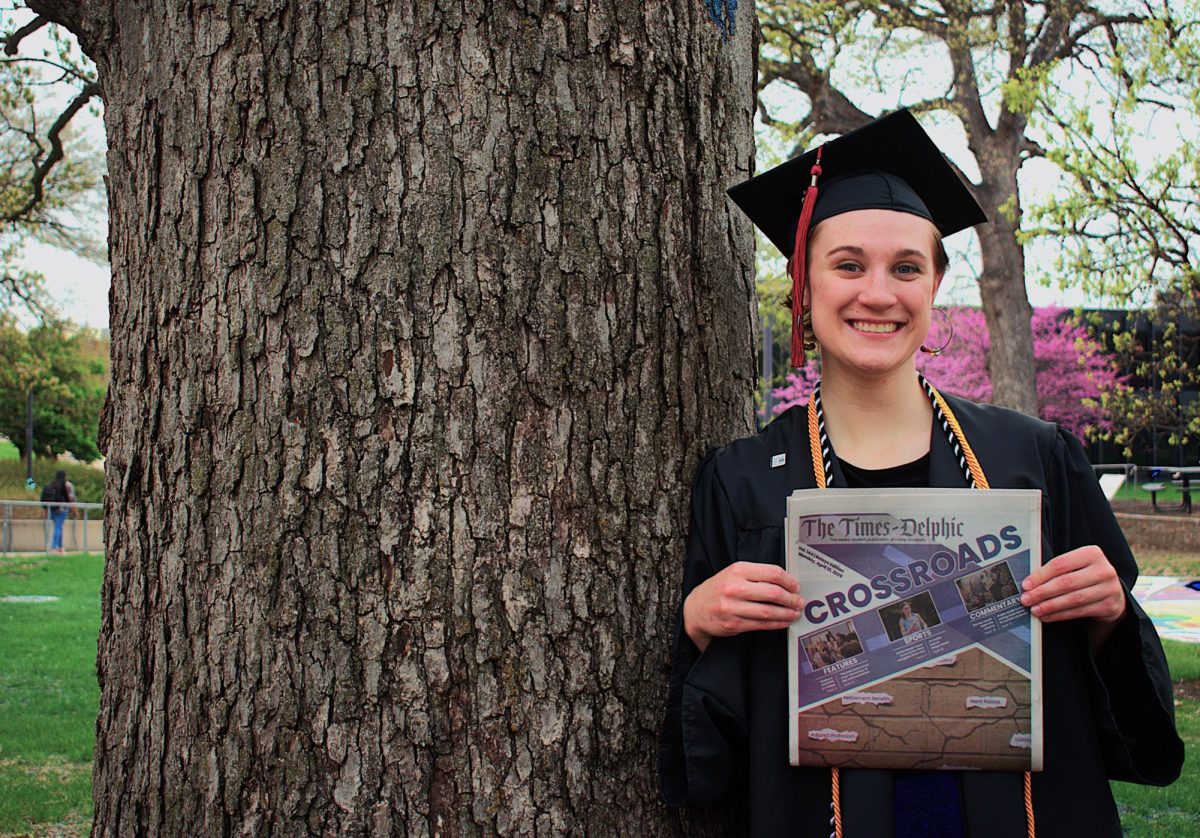As the question, “Can I call you Rose?” — the name of soul group Thee Sacred Souls’ most popular song to date — rang out across many corners of the internet, one thing was reaffirmed: old-school soul music has re-established itself as a real force in popular culture.
There’s simply no denying that soul is back. In recent years, the rise of popular soul music groups like Silk Sonic and Black Pumas and individual artists such as Leon Bridges or Jalen Ngonda has made the genre’s resurgence hard to miss. As popular culture returns to the styles and technology of the mid-twentieth century — high-waisted pants, platform shoes, Polaroid cameras — it’s only natural that a return to the music of the time would follow.
Thee Sacred Souls find themselves among the ranks of popular soul musicians capturing our sense of nostalgia. Their debut self-titled album in 2022 was full of homages to the soul genre as it was in the 1960s and 70s, recalling the longing sounds of Al Green and Marvin Gaye. It’s no surprise that their follow-up album “Got a Story to Tell” continues down the path they’ve paved as one of modern soul’s must-hear groups.
The first track, “Lucid Girl,” sets the album’s tone. Singer Josh Lane’s high-register voice captures the vulnerable, front-and-center emotions of his storytelling throughout the album, as he asks listeners to pay attention in the opening lines: “I got a story to tell, and I told it so many times, that I know it so well.” The song’s relatable story follows a woman who chooses herself over a man, and in doing so, Lane sings that, “She chose herself, and then she grew.”
The many stories that Lane weaves throughout the album center around essential topics commonly seen in the soul genre. Sweetly-sung melodies about the joys and all-consuming nature of love carry through tracks like “Price You Pay,” “Waiting on the Right Time” or “I’m So Glad I Found You, Baby.” These sentiments are contrasted by the bitterness of heartbreak regrettably detailed in the tracks, “Losing Side of Love” and “Somebody Knew.”
It’s not just all about love, though. “Live for You” contains a plea from Lane to live for one’s self, not just for someone else, while “One and the Same” really sells itself as a story inspired by old-school soul with pleas for world peace that may remind listeners of Vietnam War-era lyrics.
As Lane’s impressive voice and sentimental storytelling call upon classic themes of soul music, the instrumentals — supplemented by group members Alejandro Garcia and Salvador Samano — round out the nostalgia with skilled musicianship.
Samano, who serves as the band’s bassist and drummer at times, takes on a high presence in the mix with bass lines that are hard not to rock to. Samano is at his best in tracks like “Stuck in the Mud,” where his Motown-era-inspired lines carry the rhythm and feel of the track.
Garcia, the guitarist of the group who also splits drumming duties with Samano, fills the album’s tracks with catchy guitar lines that capture both the weepy feeling of “In the Mirror” and the irresistible groove of “One and the Same.” Garcia also nails the rhythmic details of “Live for You,” a track that just might be my favorite instrumentally, if not for the wonderfully-produced atmosphere of “Somebody Knew.”
Atmosphere is the key reason Thee Sacred Souls are so capable of capturing the feeling of soul music. The roominess of the drums and bass pull listeners back to the days of analog recording, just as a black-and-white filter would do for a photo. Such intentional recording methods allow listeners to steep themselves in the sounds they are experiencing.
As strongly as this album utilizes the medium of soul music to tell stories, it does at times feel too unambitious to expand upon the genre’s basics. Though it takes a commendable effort to be able to align with the instrumental, atmospheric and lyrical tendencies of soul music, tracks like “Price I’ll Pay” and “One and the Same” feel as if the group decided to make homages to the genre, reusing what listeners already recognize as opposed to expanding on these attributes to make something that feels new.
This choice in writing is not an inherently bad thing — the group does a great job at creating music that an audience can easily recognize and identify with. It feels hard for me, though, to wholly praise a piece of art that does not attempt something new. Thee Sacred Souls succeed at what they know, and for this, I rate “Got a Story to Tell” at 7 heartbreaks out of 10.
Whether or not the current affinity for old-school soul is just benefitting from public nostalgia, it’s hard to resist the alluring cries of musicians retelling timeless, human experiences. “Got a Story to Tell” succeeds in creating atmospheric instrumentals that accompany the emotion-driven stories throughout the whole record, without ever feeling too repetitive.







